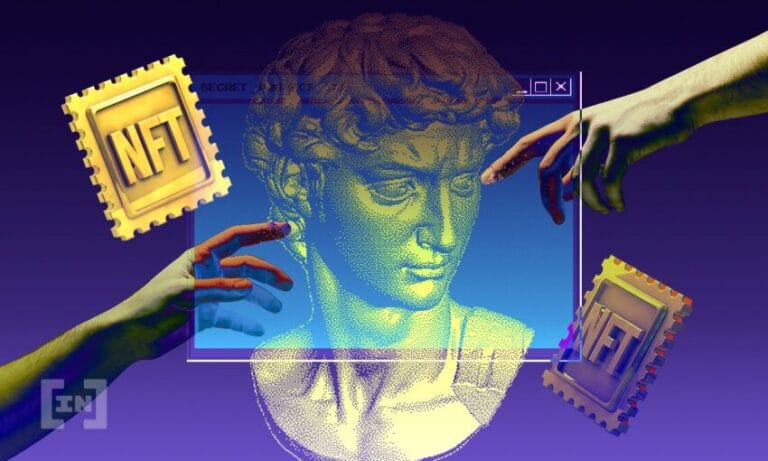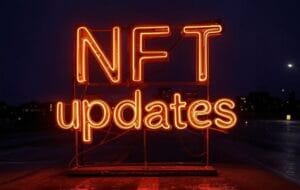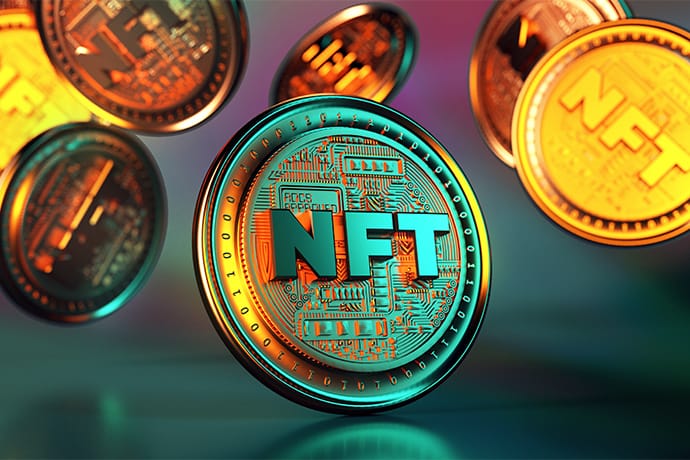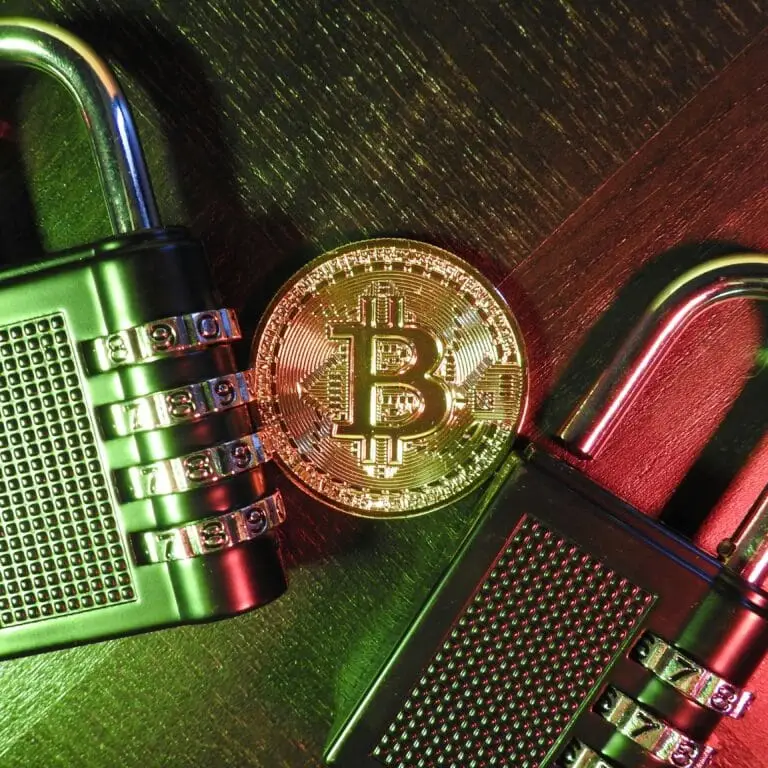How NFTs Will Transform Digital Identity: A 2025 Outlook
NFTs Transform Digital Identity systems are broken. Data breaches, identity theft, and centralized control plague users globally. By 2025, NFTs will transform digital identity into a secure, user-owned framework. This guide dives into the projects, technologies, and challenges reshaping how we prove who we are—online and offline.

The Flaws in Traditional Identity Systems
Centralized databases (governments, corporations) are vulnerable. In 2023 alone, 1.3 billion records were exposed in data breaches. Worse, 1.5 billion people lack legal ID, per the World Bank.
Centralized systems fail marginalized communities and enable surveillance.
How NFTs Transform Digital Identity Challenges

Self-Sovereign Identity (SSI) on Blockchain
NFTs store credentials (passports, diplomas) on decentralized ledgers like Ethereum or Polygon. Users control access via private keys, eliminating third-party intermediaries.
Microsoft ION: Bitcoin-based NFTs for decentralized identifiers (DIDs).
Civic Pass: KYC-compliant NFTs for DAO voting.
Fraud-Proof Credentials
NFT metadata (issuer, expiration date) is immutable. Forged diplomas or fake licenses become impossible.
74% of HR managers report fake resumes—NFTs could reduce this to near-zero (Gartner).
Real-World Use Cases: NFTs in Action
Decentralized Passports
TravelX Partnership: Airlines like Air Europa issue NFT boarding passes tied to biometrics.
UN Pilot: Refugees receive NFT IDs on Polygon for cross-border verification.
Read about UN’s NFT Identity Pilot.
Academic & Professional Credentials
MIT’s Blockcerts: Graduates receive NFT diplomas verifiable via blockchain.
LinkedIn Beta: Developers showcase NFT skill badges (e.g., Python, Solidity).
Healthcare Records
MediLedger: NFT-based patient records ensure data portability and consent management.
Vaccine Tracking: African nations use NFTs to combat counterfeit COVID-19 certificates.
Challenges to Adoption
Regulatory Hurdles (NFTs Transform Digital Identity)
GDPR’s “right to be forgotten” clashes with blockchain’s immutability. Solutions like ephemeral NFTs (auto-expiring metadata) are in development.
Interoperability
Fragmented blockchains (Ethereum vs. Solana) complicate cross-chain verification. Projects like Polkadot aim to bridge ecosystems.
The Road to 2025: What’s Next?

AI + NFTs: Algorithms auto-verify credentials (e.g., job applications).
Metaverse Integration: Your NFT avatar becomes your universal ID in virtual worlds.
60% of enterprises will test NFT identity solutions by 2025 (McKinsey).
Conclusion: A User-Owned Future
By 2025, NFTs will transform digital identity into a seamless, secure, and user-centric system. While challenges like regulation persist, pioneers like Civic and Microsoft are leading the charge.
Stay tuned for more techworldtrends content.



